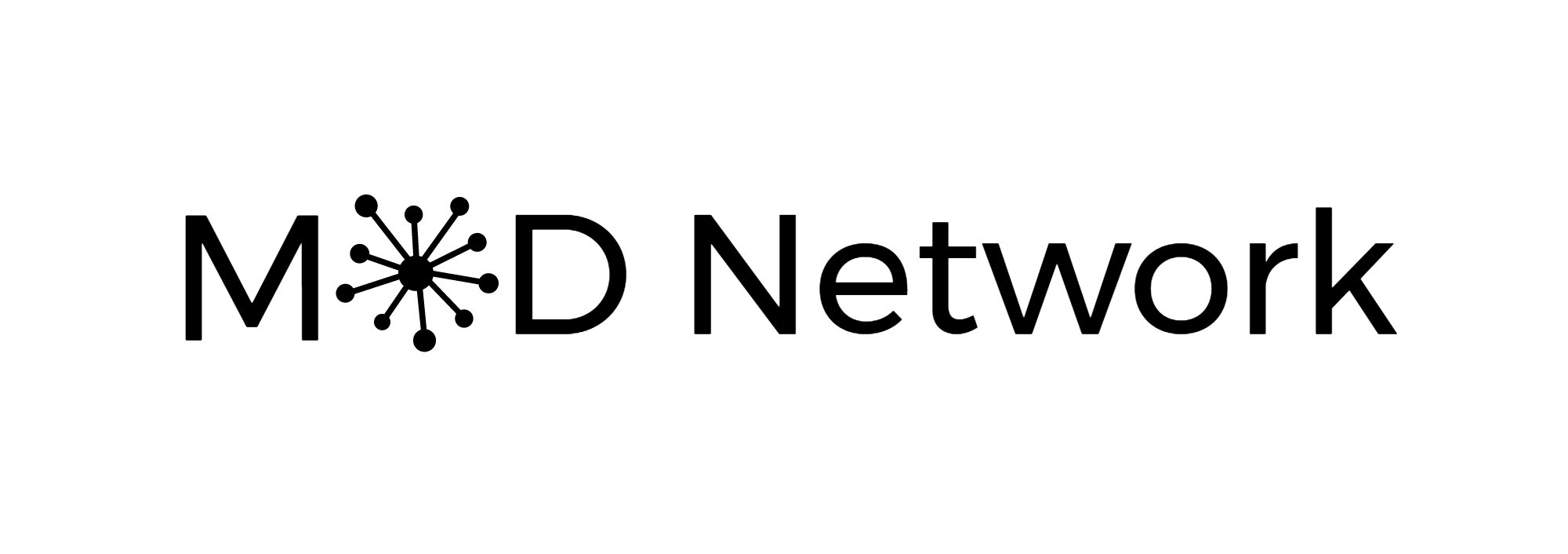Can I Offer You Some Feedback? - Episode #32
Show Notes:
This week on the podcast Sara gives us a business bite, Transparency. This term is more complicated than meets the eye, but should be a business best practice. It’s a way of thinking about how information is shared within an organization. However, in reality people struggle with just how much they want to share. Ultimately transparency helps to build trust and improve team operations. Subscribe today so you never miss an episode!
Below we are offering a transcript of the podcast for accessibility and reference.
Episode #32: Business Bites: Transparency
Welcome to Business Bites. My name is Sara. This is the podcast for busy professionals who want the quick hits of business terminology, historical context, and strategies for integration. This week we're going to be talking about transparency.
It's a term that you probably hear all the time, and why it should be a business best practice. But transparency is a bit more complicated than that as you've probably seen in the workplace. When we're talking about transparency, this is that open communication that we ask for and that we long for between leadership, management, senior employees, all throughout the organization. This is about sharing expectations, mistakes, maybe feedback, or other metrics about how the business is operating. And in turn, we're hoping that employees who are transparent will be sharing their ideas, asking questions, challenging us, and even providing useful feedback.
Now, in reality, when it comes to transparency, it becomes challenging in a lot of organizations to understand the degree of transparency we want to offer. When we say a word like transparency, we assume I'm going to tell you everything about how the business is operating, what is slowing, and I'd like to know that kind of information. But in reality, a lot of organizations struggle with how much information is appropriate to share, hence the desire for transparency, but actually struggling with the implementation.
Transparency in general is a mindset. It's a way of thinking about how information is shared in an organization. And it's one of the ways that you can build trust in an organization as well, whether it's transparency around company performance or transparency around the projects and their priority and how things are operating. It's one of the ways that you can build trust and dedication from leaders and employees on both sides of the equation. It can also help within teams and help teams practice and produce higher efficiency when they're aware of and thinking about the work that they're doing. It's one of the ways for teams to think about improving their teamwork and their efficiency, how they operate together, and how they flow between task to task. If there's transparency or a greater understanding of what everyone's doing, it's a way for that team to operate more functionally.
Let's also think about talent. Organizations who have higher transparency or who are known for providing that transparency tend to have an easier time recruiting talent, thinking about getting that highest talent that will feel valued as a part of the work. Now again, I mentioned that there are some drawbacks and there are some challenges when it comes to transparency. It's not always clear how people are going to respond to that information. I may tell you that our organization is actually kind of struggling right now to meet cash flow. How will an employee react to that? How will the board react to that?
It may also slow down decision-making. Now keeping that in mind, maybe going slow isn't necessarily a bad thing. But for some individuals at some organizations, speed is something they need to maintain. It's also important to think about how you can actually implement this transparency. Saying you want to be a transparent organization and then not actually doing it can be even more harmful than not even setting transparency as a goal.
So if you're going to push for transparency, again, that two-way collaboration, that two-way street, it starts with leadership. Thinking about how you can update your team about changes that are happening as soon as they happen. Thinking about how you can give constructive or honest feedback as a part of your everyday processes. Thinking about how you can communicate expectations, doing that frequently, and doing it on time when people need that most. And also thinking about sharing the amount of business performance and its status with your employees. Try to think broadly about how sharing that information might help them in the future being able to produce the materials that you need them to and help with the bottom line.
This has been Sara with Business Bites. You can reach me at podcast@mod.network. We would love to hear from you on what other terminology you'd like bite-sized. As always, give us a quick rating on your platform of choice and share this podcast with a friend. We'll see you next time.
Further Reading:
